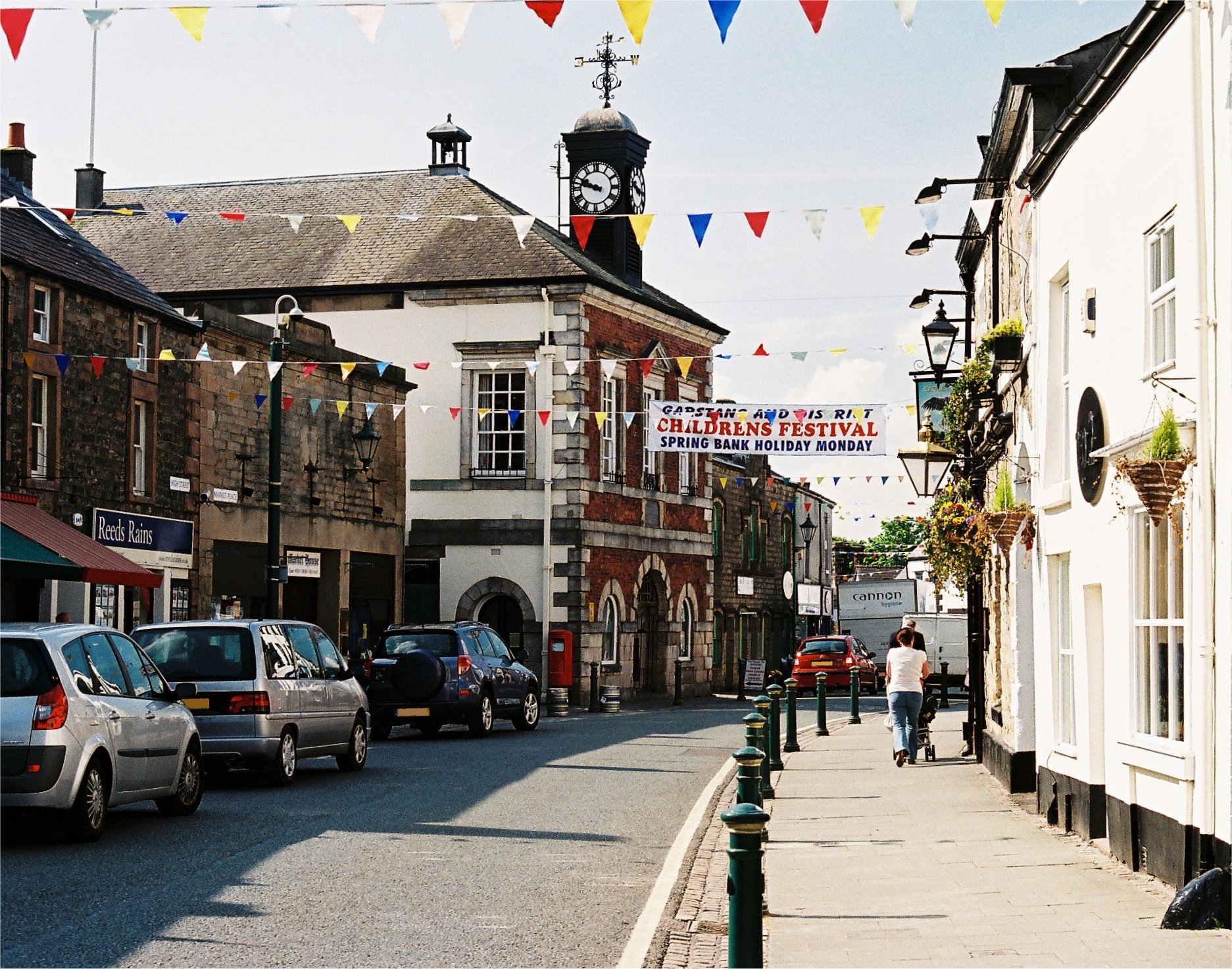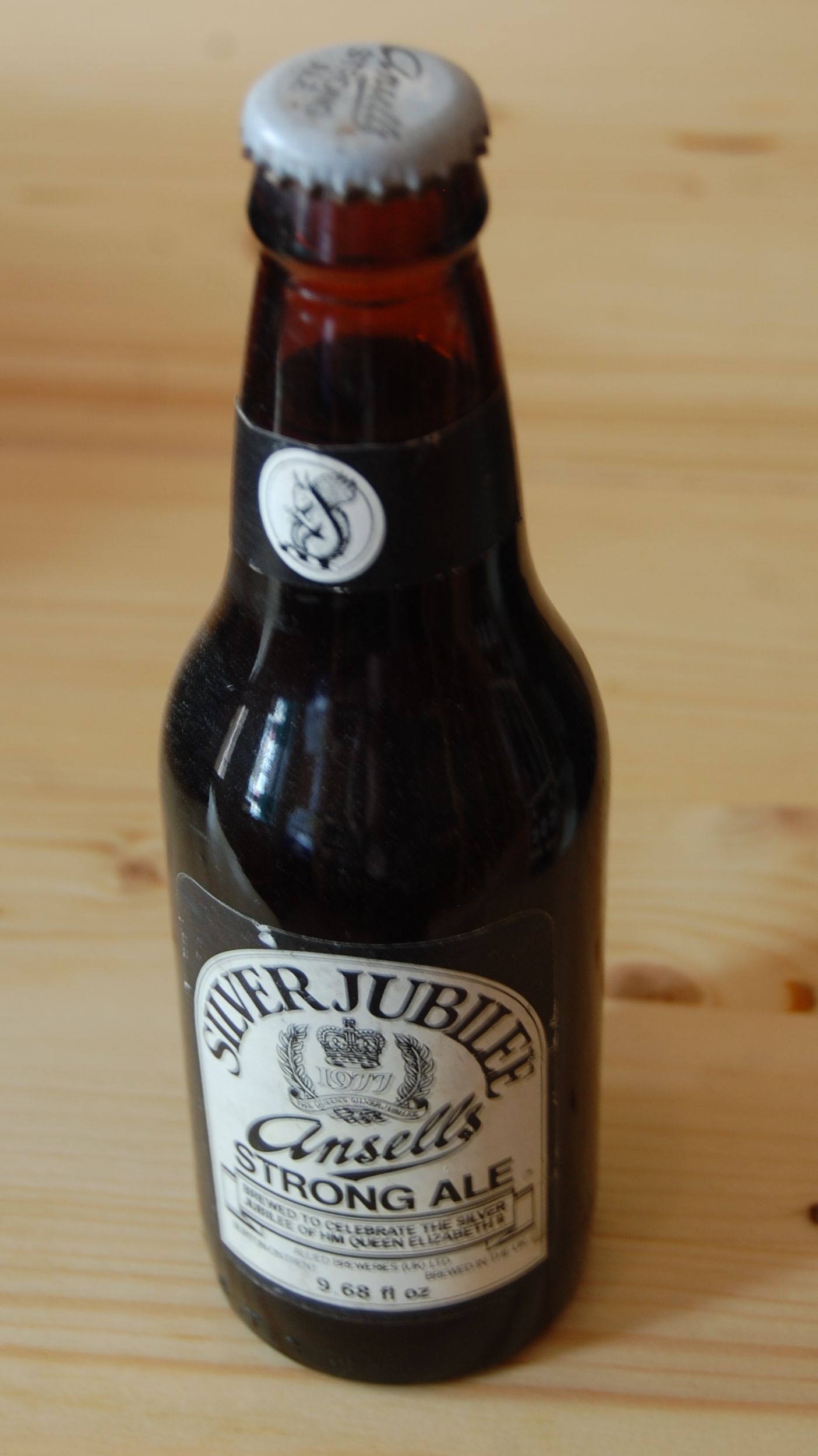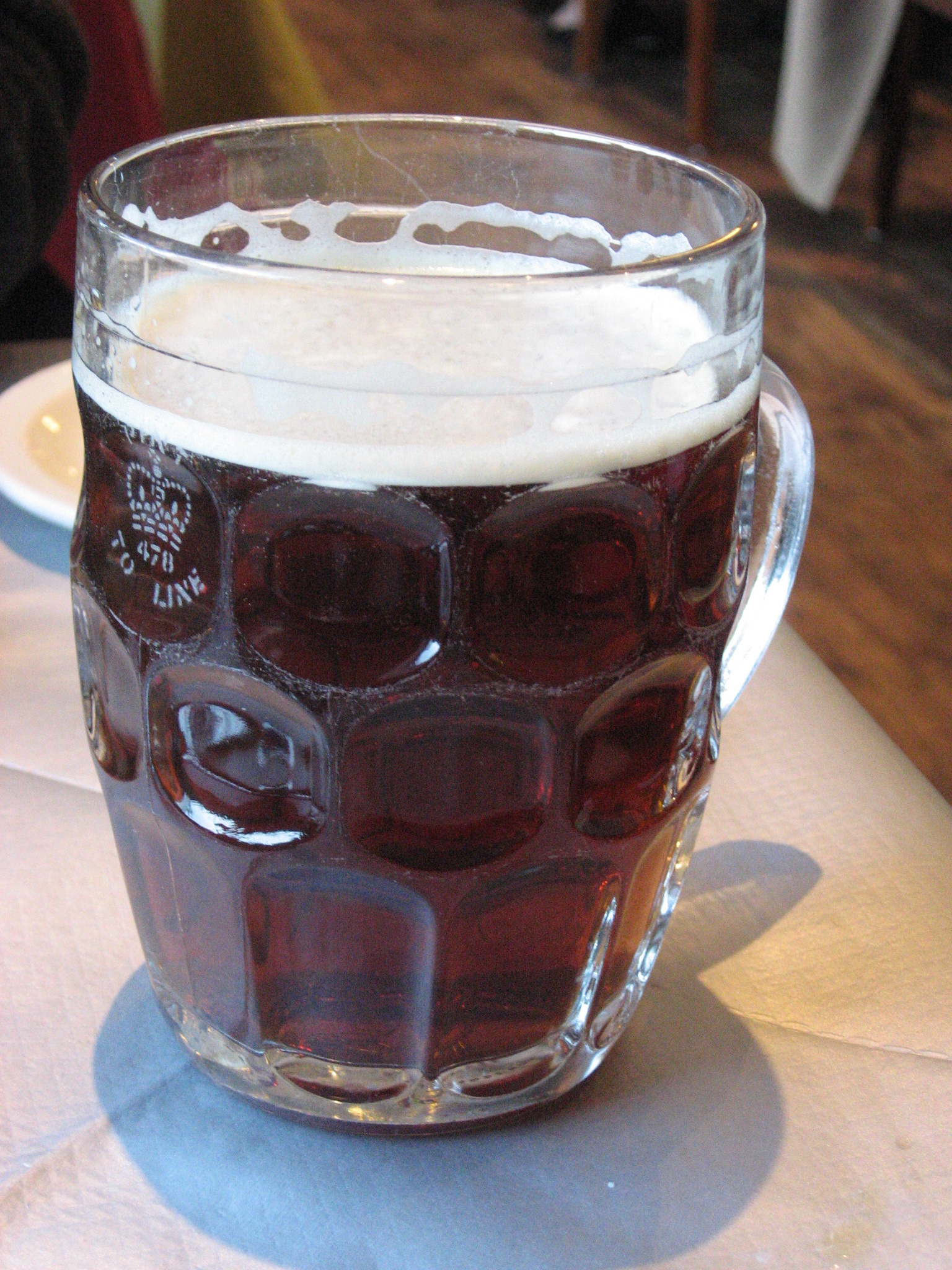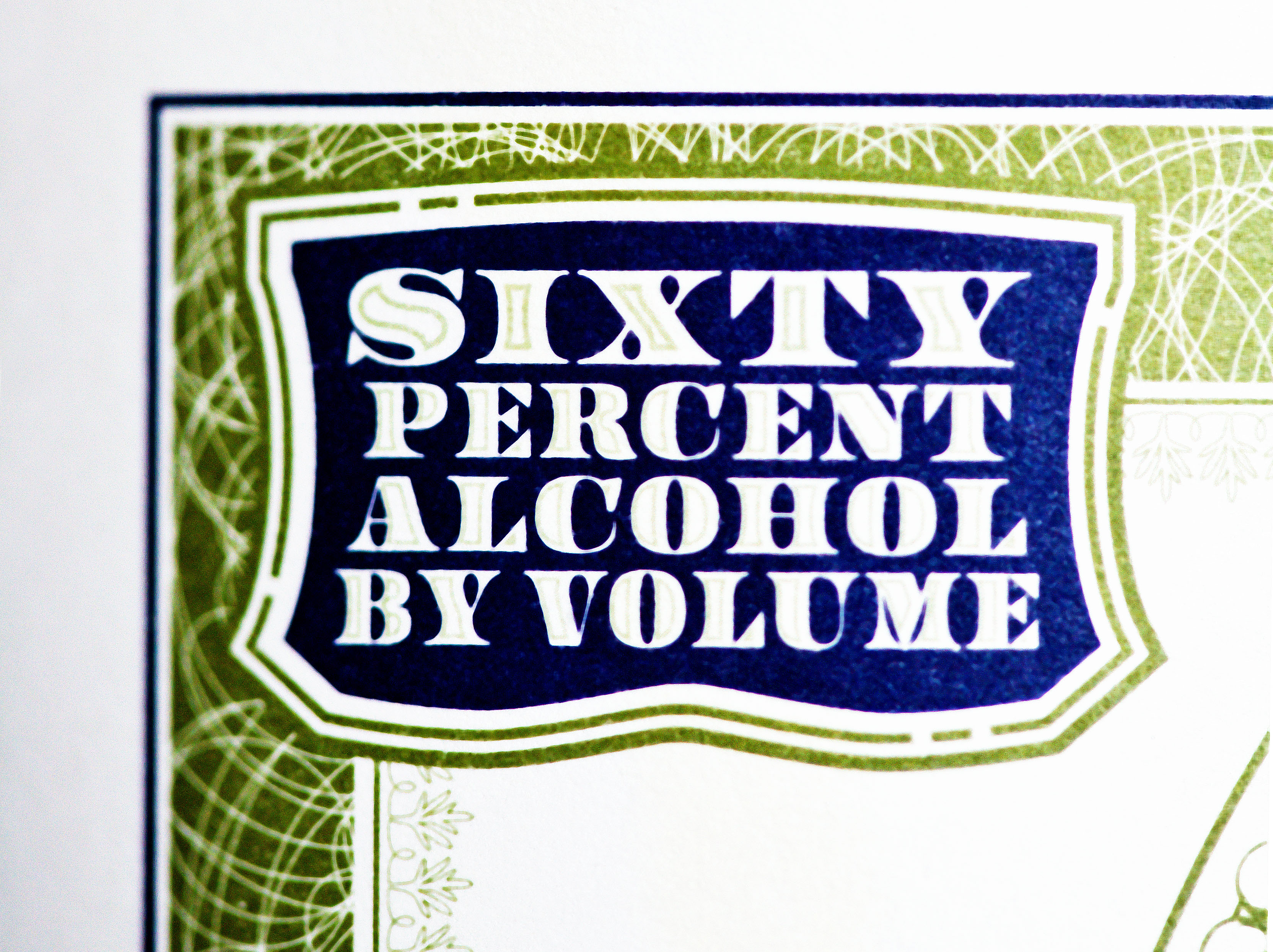|
Robinsons Brewery
Robinsons Brewery is a family-run, regional brewery, founded in 1849 at the Unicorn Inn, Stockport, Cheshire, England. The company owns around 250 pubs, mostly in North West England. History William Robinson purchased the Unicorn Inn from Samuel Hole on 29 September 1838. His eldest son George brewed the first Robinsons Ale there in 1849. In 1859, Frederic Robinson took over from George and bought a warehouse to the rear of the inn to expand brewing capacity. As a result, Robinsons ale became available at pubs around the Stockport area. To control the quality of ale sold, Frederic began to purchase public houses. From 1878 until his death in 1890, Frederic established twelve pubs which exclusively served his ale. This was the beginning of what was to become an estate of over 300 pubs across the North West of England and North Wales. The Unicorn Brewery still rests on the foundations of the public house on Lower Hillgate in Stockport. The brewery continues to be run by the fi ... [...More Info...] [...Related Items...] OR: [Wikipedia] [Google] [Baidu] |
Stockport
Stockport is a town in Greater Manchester, England, south-east of Manchester, south-west of Ashton-under-Lyne and north of Macclesfield. The River Goyt, Rivers Goyt and River Tame, Greater Manchester, Tame merge to create the River Mersey here. It is the main settlement of the wider Metropolitan Borough of Stockport. At the 2021–2022 United Kingdom censuses, 2021 census, the built up area as defined by the Office for National Statistics had a population of 117,935, and the metropolitan borough had a population of 294,773. Most of the town is within the boundaries of the Historic counties of England, historic county of Cheshire, with the area north of the Mersey in the historic county of Lancashire. Stockport in the 16th century was a small town entirely on the south bank of the Mersey, known for the cultivation of hemp and manufacture of rope. In the 18th century, it had one of the first mechanised silk factories in the British Isles. Stockport's predominant industries of t ... [...More Info...] [...Related Items...] OR: [Wikipedia] [Google] [Baidu] |
Garstang
Garstang is an ancient market town and civil parish within the Wyre borough of Lancashire, England. It is north of the city of Preston and the same distance south of Lancaster. In 2011, the parish had a total resident population of 4,268; the larger Garstang Built-up Area, which includes the adjoining settlements of Bonds and Cabus, had population of 6,779. Garstang is famous for being the world's first ever Fairtrade Town. Etymology Garstang is mentioned in the Domesday Book of 1086 as ''Cherestanc''. Later recordings of the name include Geresteng, Gairstang in 1195; Grestein, 1204; Gayrestan, 1236; Gayerstang, 1246; Gayrstang, 1274; Gayrestang, 1292. The original spelling of Garstang has several interpretations: "'gore by the boundary pole", "spear post", "triangular piece of land", "common land" or "meadowland". Possibly signifying the site of a meeting-space. The Old Norse derivation being 'geiri', a gore, from 'geirr', with 'stang' or 'stǫng', meaning "pole" or ... [...More Info...] [...Related Items...] OR: [Wikipedia] [Google] [Baidu] |
Bruce Dickinson
Paul Bruce Dickinson (born 7 August 1958) is an English singer who is best known as the lead vocalist of the heavy metal band Iron Maiden. Dickinson has performed in the band across two stints, from 1981 to 1993 and from 1999 to the present day. He is known for his wide-ranging operatic vocal style and energetic stage presence. Dickinson began his career in music fronting small pub bands in the 1970s while attending school in Sheffield and university in London. In 1979, he joined British new wave heavy metal band Samson, with whom he gained some popularity under the stage name "Bruce Bruce" and performed on two studio records. He left Samson in 1981 to join Iron Maiden, replacing Paul Di'Anno, and debuted on their 1982 album '' The Number of the Beast''. During his first tenure in the band, they issued a series of US and UK platinum and gold albums in the 1980s and early 1990s. Dickinson quit Iron Maiden in 1993 (being replaced by Blaze Bayley) to pursue his solo career, w ... [...More Info...] [...Related Items...] OR: [Wikipedia] [Google] [Baidu] |
Stout
Stout is a type of dark beer that is generally warm fermented, such as dry stout, oatmeal stout, milk stout and imperial stout. Stout is a type of ale. The first known use of the word "stout" for beer is in a document dated 1677 in the Egerton Manuscripts, referring to its strength. Porters were brewed to a variety of strengths, with the stronger beers called "stout porters". The history and development of stout and porter are thus intertwined.''The New Oxford Dictionary of English''. Oxford University Press 1998 Porter and Stout – CAMRA Web.archive.org History Porter originated in London, England in the early 1720s. The beer became popular in the city, especia ...[...More Info...] [...Related Items...] OR: [Wikipedia] [Google] [Baidu] |
Pale Ale
Pale ale is a golden to amber coloured beer style brewed with pale malt. The term first appeared in England around 1703 for beers made from malts dried with high-carbon coke, which resulted in a lighter colour than other beers popular at that time. Different brewing practices and hop quantities have resulted in a range of tastes and strengths within the pale ale family. Pale ale is a kind of ale. History Coke had been first used for dry roasting malt in 1642, but it was not until around 1703 that the term ''pale ale'' was first applied to beers made from such malt. By 1784, advertisements appeared in the ''Calcutta Gazette'' for "light and excellent" pale ale. By 1830, the expressions ''bitter'' and ''pale ale'' were synonymous. Breweries tended to designate beers as "pale ales", though customers would commonly refer to the same beers as "bitters". It is thought that customers used the term ''bitter'' to differentiate these pale ales from other less noticeably hopped be ... [...More Info...] [...Related Items...] OR: [Wikipedia] [Google] [Baidu] |
Strong Ale
Strong ale is a type of ale, usually above 5% abv and often higher, between 7 and 11% abv, which spans a number of beer styles, including old ale, barley wine, and Burton ale. Strong ales are brewed throughout Europe and beyond, including in England, Belgium, and the United States. Scotch ale was first used as a designation for strong ales exported from Edinburgh in the 18th century. Scotch ale is sometimes termed "wee heavy". A recipe for an unhopped Scotch ale can be found in the 17th-century cookery book '' The Closet Opened''. The strong ale described in John Mortimer's ''The whole Art of Husbandry'' (1708) was made from a ratio of eleven bushels of malt to a hogshead A hogshead (abbreviated "hhd", plural "hhds") is a large Barrel (storage), cask of liquid (or, less often, of a food commercial Product (business), product) for manufacturing and sale. It refers to a specified volume, measured in either Imperial ...., quote: "The proportion of Hops may be half a Pou ... [...More Info...] [...Related Items...] OR: [Wikipedia] [Google] [Baidu] |
Real Ale
Real ale is the name coined by the Campaign for Real Ale (CAMRA) for ale that is "brewed from traditional ingredients, matured by secondary fermentation in the container from which it is dispensed, and served without the use of extraneous carbon dioxide". Cask and bottle-conditioned beers Cask and bottle-conditioned beers are referred to as real ale by CAMRA, as both fit its description of beers served from a container in which they have undergone secondary fermentation. Distinction from filtered beer The fundamental distinction between real and other ales is that real ale is unfiltered and unpasteurized, leaving its yeast alive and slowly fermentating in bottle or keg. This secondary fermentation continues until the ale is served, allowing it to retain its natural carbonation. In contrast, natural carbonation is removed from standard beer and ale during filtering, requiring them to be artificially re-carbonated (and often very 'gassy'). Real ales are served "bottle ... [...More Info...] [...Related Items...] OR: [Wikipedia] [Google] [Baidu] |
Carlisle
Carlisle ( , ; from ) is a city in the Cumberland district of Cumbria, England. Carlisle's early history is marked by the establishment of a settlement called Luguvalium to serve forts along Hadrian's Wall in Roman Britain. Due to its proximity to Scotland (being located south of the current Anglo-Scottish border), Carlisle Castle and the city became an important military stronghold in the Middle Ages. The castle served as a prison for Mary, Queen of Scots in 1568 and currently hosts the Duke of Lancaster's Regiment and the Border Regiment Museum. A priory was built in the early 12th century, which subsequently became Carlisle Cathedral in 1133 on the creation of the Diocese of Carlisle. As the seat of a diocese, Carlisle therefore gained city status. Carlisle also served as the county town of the historic county of Cumberland from the county's creation in the 12th century. In the 19th century, the introduction of textile manufacture during the Industrial Revolu ... [...More Info...] [...Related Items...] OR: [Wikipedia] [Google] [Baidu] |
Cumbria Way
The Cumbria Way is a linear long-distance footpath in Cumbria, England. The majority of the route is inside the boundaries of the Lake District National parks of England and Wales, National Park. Linking the two historic Cumbrian towns of Ulverston and Carlisle, Cumbria, Carlisle, it passes through the towns of Coniston, Cumbria, Coniston and Keswick, Cumbria, Keswick. The route cuts through Lakeland country via Coniston Water, Langdale, Borrowdale, Derwent Water, Skiddaw Forest and Caldbeck. It is a primarily low-level route with some high-level Glossary of climbing terms#E, exposed sections. History The Cumbria Way was originally devised in the 1970s by local Ramblers Association members. The waymarking of the entire route was completed by volunteers and national park staff in May 2007. Route The route can be walked in either direction but is described here as south to north beginning at the trailhead of Ulverston and ending in Carlisle, Cumbria, Carlisle. Stage 1: Ulverst ... [...More Info...] [...Related Items...] OR: [Wikipedia] [Google] [Baidu] |
Bitter (beer)
Bitter is an English style of pale ale that varies in colour from gold to dark amber, and in strength typically from 3% to 5.5% alcohol by volume. History The term "bitter" has been used in England to describe pale ale since the early 19th century. Although brewers used the term "pale ale", before the introduction of pump clips, customers in pubs would ask for "bitter" to differentiate it from mild ale; by the end of the 19th century, brewers had begun to use the term as well. During the 20th century, bitter became the most popular type of draught beer sold in British pubs and has been described as "the national drink of England". In Scotland, bitter is known as either "light" or "heavy" depending on the strength, colour and body. Bitter is traditionally cask conditioned and either dispensed by gravity through a tap in the cask or by a beer engine at "cellar temperature" of 11°C-14°C (50°F-55°F). The popularity of craft brewing in North America has led to British-st ... [...More Info...] [...Related Items...] OR: [Wikipedia] [Google] [Baidu] |
Alcohol By Volume
Alcohol by volume (abbreviated as alc/vol or ABV) is a common measure of the amount of Alcohol (drug), alcohol contained in a given alcoholic beverage. It is defined as the volume the ethanol in the liquid would take if separated from the rest of the solution, divided by the volume of the solution, both at . Pure ethanol is lighter than water, with a density of . The alc/vol standard is used worldwide. The International Organization of Legal Metrology has ethanol (data page)#Properties of aqueous ethanol solutions, tables of density of water–ethanol mixtures at different concentrations and temperatures. In some countries, e.g. France, alcohol by volume is often referred to as degrees Gay-Lussac (after the French chemist Joseph Louis Gay-Lussac), although there is a slight difference since the Gay-Lussac convention uses the International Standard Atmosphere value for temperature, . Volume change Mixing two solutions of alcohol of different strengths usually causes a change in ... [...More Info...] [...Related Items...] OR: [Wikipedia] [Google] [Baidu] |









